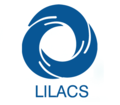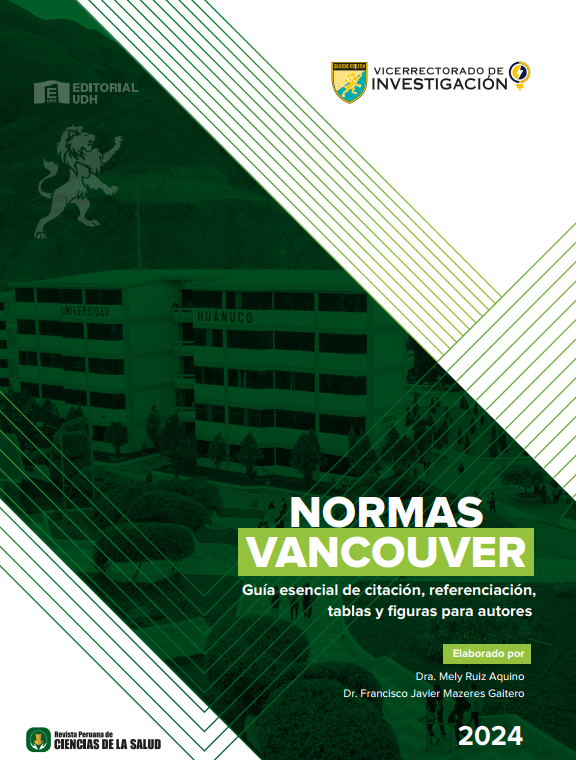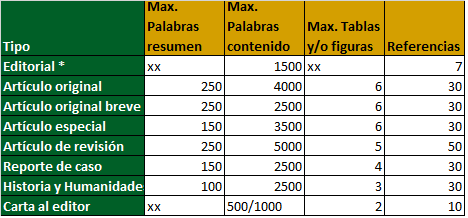Relación entre índices aterogénicos y obesidad abdominal en pobladores del distrito de Trujillo, Perú
DOI:
https://doi.org/10.37711/rpcs.2021.3.2.311Palabras clave:
obesidad abdominal, colesterol, triglicéridos, Lipoproteínas HDL, enfermedades cardiovascularesResumen
Objetivo. Determinar la relación entre los índices aterogénicos y la presencia de obesidad abdominal en pobladores del distrito de Trujillo, Perú. Los índices aterogénicos relacionados con la obesidad pueden brindar una información adicional al riesgo establecido por la obesidad. Métodos. El estudio fue de diseño no experimental, descriptivo correlacional y de corte transversal. La muestra estuvo conformada por 319 personas adultas cuyas edades oscilan entre 25 y 65 años que acudieron a cuatro centros de salud de la ciudad entre julio y diciembre de 2019. Para evaluar los índices aterogénicos se midieron las fracciones lipídicas de colesterol, triglicéridos, cHDL y cLDL mediante el uso de Colesterometro Mission®. Con respecto a la presencia de obesidad abdominal se utilizaron los indicadores de la circunferencia de la cintura establecidos por la Asociación Latinoamericana de Diabetes. Resultados. El análisis estadístico empleado para relacionar ambas variables fue la prueba de chi cuadrado en el programa SPSS versión 25. Se determinó que el 61,1 % de la población presenta obesidad abdominal. En cuanto a los índices aterogénicos, estos alcanzaron un diagnóstico de riesgo en el 75,5 % para el índice TG/cHDL; 67,4 % en el índice de Castelli y 56,4 % para el índice cLDL/cHDL. Solamente se encontró relación entre el índice TG/cHDL y la obesidad abdominal (p = 0,004). Conclusiones. El índice TG/cHDL se asocia mejor con la obesidad abdominal y debe ser considerado adicionalmente en el diagnóstico probable o seguimiento de enfermedad coronaria o insulinorresistencia en el obeso.
Descargas

Descargas
Publicado
Número
Sección
Licencia
Derechos de autor 2021 Carmen Yolanda Araujo Anticona, Jorge Luis Díaz-Ortega, Rosa Patricia Gálvez Carrillo

Esta obra está bajo una licencia internacional Creative Commons Atribución 4.0.























